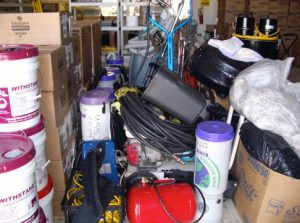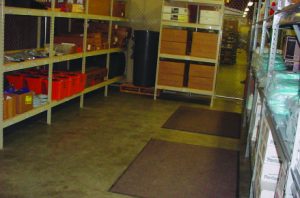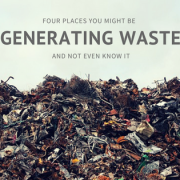Four Places You Might Be Generating Waste and Not Even Know It
April is Earth month and Arbor Day is next Friday, April 28, so many people are talking sustainability. How can we help protect the Earth so it’s here for future generations? What can we do to reduce our environmental impact?
A large misconception we find in the cleaning industry is that people often use green cleaning products and think that this makes their operations “sustainable.” But that couldn’t be further from the truth—using green products is just a part of it. As an industry, we have a long way to go when it comes to reducing our environmental impact. There’s a lot of “waste” in our operations that goes well beyond the pollutants we’re working to remove.
First, a few facts. Commercial and institutional buildings in the U.S. annually consume:
- 6.2 billion pounds of chemicals
- 4.5 billion pounds of sanitary paper (about 30 million trees)
- 1 billion pounds of janitorial equipment
- 70 percent of the country’s electricity use, most of which is generated by coal-fired power plants.
The issue comes down to how we approach cleaning. Oftentimes, cleaning professionals are forced to be reactive when it comes to managing their inventory, equipment and other aspects of their operations.
Reports like, “We’re out of floor finish!” or, “This backpack vacuum is broken!” often drive new purchases—and understandably.
Supply shortages lead to downtime, which can lead to complaints, which NO ONE wants. Or they generate mistakes and service lapses when a cleaning worker substitutes products. So we place an order and the problem goes away…
But that floor finish? You weren’t really out. And that backpack vacuum just needed a new filter or carbon brush. When the new product arrives, the old stuff gets stashed into a closet somewhere. That’s the kind of waste that we’re talking about.
A truly “sustainable” cleaning operation will operate on a lean inventory, making the best use out of the products, equipment and people in the operation.
To help you identify potential areas of waste in your operation, we’ve identified a few common problem areas along with a list of questions you can ask to see if your department could be more efficient:
1. INVENTORY: What inventory controls do I have in place? Can cleaners use as much cleaning chemical as they want or are they kitted with the exact amount of product they need to complete the designated area? When they are done cleaning, what happens to the unused chemical? How do I track the amount of chemical used? How do I handle overstock (e.g. is there a system in place to sell or donate unused material?)?

Just one of the many janitorial closets we’ve seen that is stuffed with products no longer being used.
A sustainable cleaning operation not only uses Green Seal certified products, but also outfits workers with the precise amount of chemical they need to clean for the day. Excessive chemical use (often resulting from the “more is better” philosophy) is one of the most common issues in the industry and not only costs you money, but also has an environmental impact, even when the products are green.
2. EQUIPMENT MAINTENANCE: How is the cleaning equipment maintained? Is the equipment visibly clean? Are carts free of personal items or unrelated/unwanted materials? Do I have an equipment maintenance program in place that ensures all equipment receives regular checks and replacements?
A sustainable cleaning operation has a preventative maintenance program in place to make sure that equipment is always clean and operational. When equipment reaches the end of its usable life, it is safely and properly disposed of, not tucked away in a cabinet somewhere.
3. LOGISTICS: Are the logistics of the inventory cabinet and waste disposal points optimized with the worker in mind? If they run out of a product, do workers have to go to another floor or area in order to restock?

Logistics refers to the orderly merging of cleaners with their materials and tools to perform the work.
A sustainable cleaning operation will take into consideration the routes of the cleaning workers and utilize drop points to limit the opportunity for stockpiling or hoarding product. Analyzing the logistical setup of cleaning workers’ paths can also help reduce worker injuries from issues like overexertion.
4. TRAINING: Have cleaning workers been thoroughly trained and possess a clear understanding of their responsibilities? Do they have an understanding of the risks associated with the job, such as improper chemical mixing or lifting the wrong way? Are cleaners recognized for their efforts and made to feel like valued contributors to the team?
A sustainable cleaning operation recognizes the critical component that its workers play and provides ongoing recognition. When workers are empowered and understand the importance of their job, they will be more likely to clean properly and effectively.
Albert Einstein is quoted with saying, “Everything should be made as simple as possible, but not simpler.”
By taking a hard look at your cleaning program and simplifying some of your processes through standardization, you can break things down to it’s easiest—and most simple—form, which will ultimately improve your sustainability.

